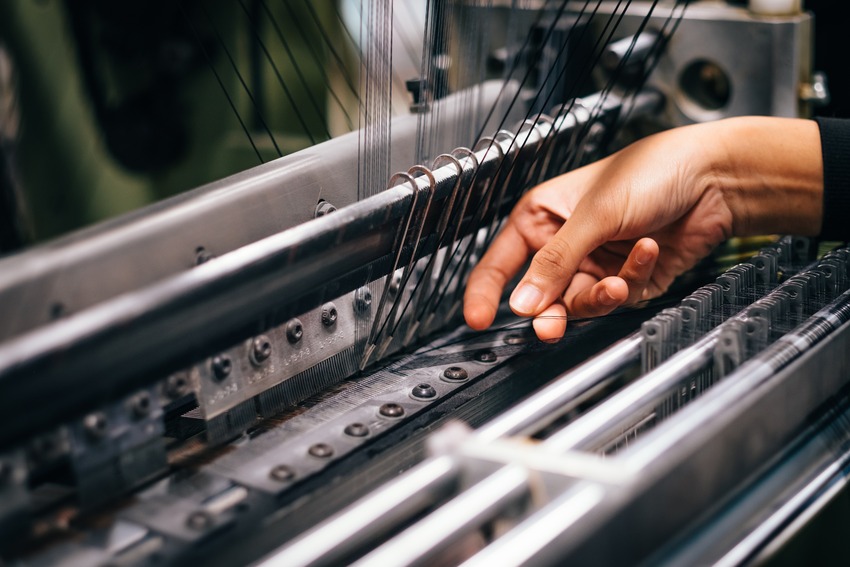The textile industry, often associated with fashion and clothing, has been increasingly proactive in contributing to disaster mitigation and resilience efforts. While its primary focus remains on creating stylish and functional fabrics, the industry has recognized the need to address the challenges posed by natural disasters. In recent years, initiatives and innovations within the textile sector have demonstrated its commitment to building a more resilient and sustainable future.
Innovative Fabrics for Disaster Response
One notable aspect of the textile industry’s involvement in disaster mitigation is the development of innovative fabrics designed to enhance disaster response efforts. Companies are investing in research and technology to create textiles with advanced properties, such as flame retardancy, water resistance, and durability. These fabrics play a crucial role in the production of protective gear for emergency responders and disaster relief personnel, offering enhanced safety and functionality in challenging environments.
Sustainable Practices and Environmental Resilience
Beyond disaster-specific applications, the textile industry is also making strides in sustainable practices that contribute to environmental resilience. Sustainable sourcing of materials, eco-friendly manufacturing processes, and the promotion of circular fashion are becoming integral parts of the industry’s agenda. By prioritizing environmental sustainability, the textile industry aims to reduce its overall impact on the planet, contributing to long-term resilience in the face of climate change and related disasters.
Community Engagement and Social Impact
Disaster resilience extends beyond physical materials, and the textile industry recognizes the importance of community engagement. Some companies are actively involved in social initiatives aimed at building resilience in vulnerable communities. This includes supporting local artisans, providing employment opportunities, and investing in educational programs. By fostering community empowerment, the textile industry contributes to creating stronger, more resilient societies that can better withstand and recover from disasters.
Collaboration and Knowledge Sharing
The textile industry’s commitment to disaster resilience is further evident in its collaborative efforts and knowledge-sharing initiatives. Partnerships between textile companies, research institutions, and disaster response organizations have led to the exchange of expertise and ideas. These collaborations have resulted in the development of more effective and innovative solutions for disaster mitigation. By working together, stakeholders can leverage their respective strengths to create a more comprehensive and resilient approach to addressing the challenges posed by natural disasters.

